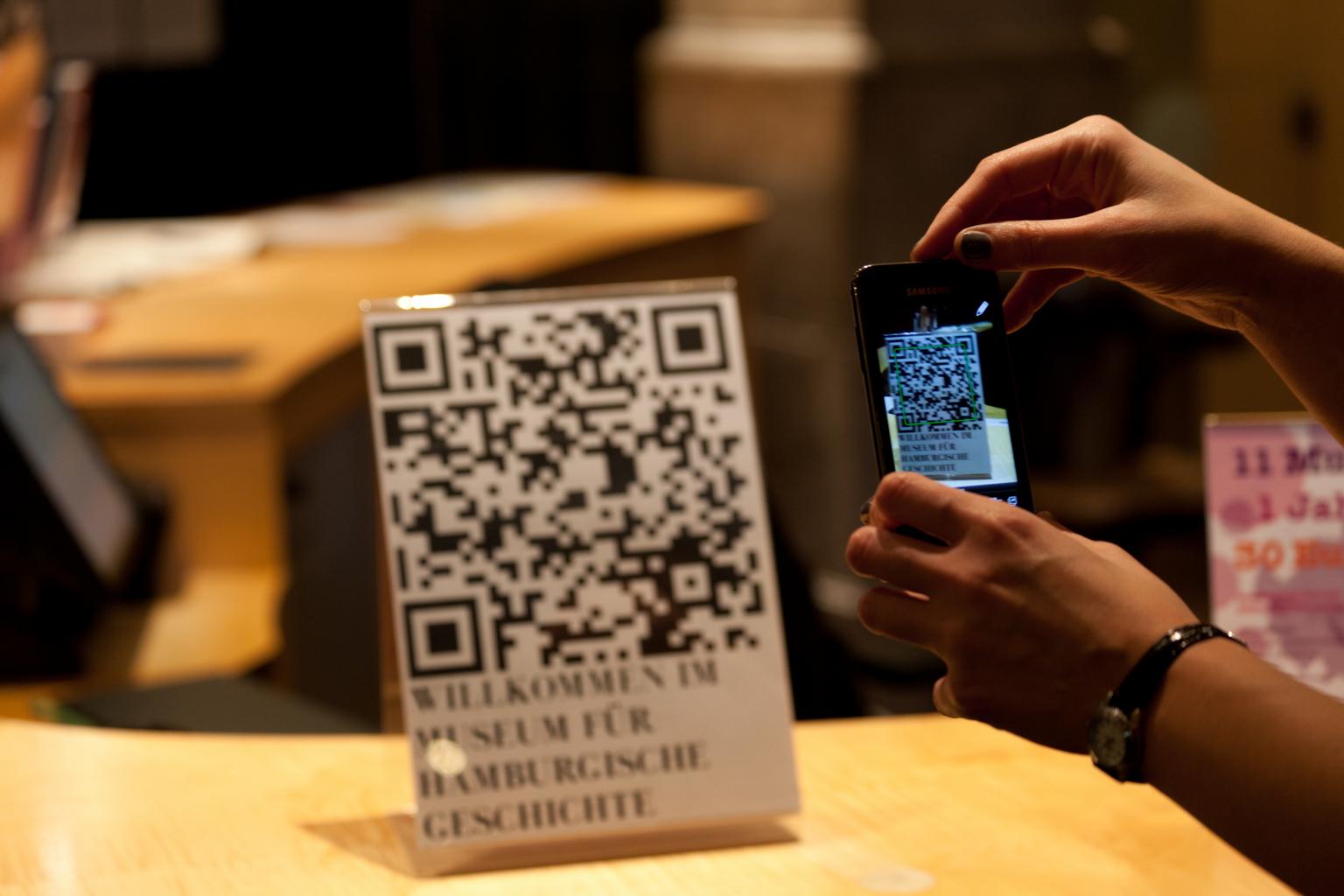In an increasingly digital world, QR codes have emerged as powerful tools for seamless connectivity and information dissemination. From marketing campaigns to contactless payments, these matrix barcodes have transcended their humble origins to become indispensable in various industries. This article explores the evolution, applications, and future potential of QR codes, shedding light on their transformative impact on modern communication.
The Rise of QR Codes
QR codes, short for Quick Response codes, were first developed in 1994 by a Japanese automotive company, Denso Wave. Initially used to track vehicle parts during manufacturing, QR codes quickly gained popularity for their ability to store more data than traditional barcodes. Their square shape and arrangement of black modules on a white background facilitated rapid scanning, hence the name “Quick Response.” Despite an early adoption in Japan, QR codes took time to gain traction globally, primarily due to limited smartphone penetration and awareness.
Versatile Applications
As smartphone technology advanced and scanning apps became ubiquitous, QR codes found their way into various aspects of everyday life. One of the most prominent applications is in marketing and advertising. Companies leverage QR codes on product packaging, posters, and advertisements to provide consumers with instant access to additional information, promotional offers, or interactive experiences. Moreover, QR codes have revolutionized the way businesses handle transactions, especially in the era of contactless payments. Whether it’s purchasing goods at a retail store, paying bills at a restaurant, or donating to a charitable cause, QR codes offer a convenient and secure payment solution.
Enhanced Connectivity in Education and Healthcare
The versatility of QR codes extends beyond commerce to education and healthcare. In educational settings, QR codes are used to provide students with supplementary resources such as lecture notes, videos, or quizzes. Teachers can embed QR codes in textbooks or presentation slides, enabling students to delve deeper into the subject matter with a simple scan. Similarly, in the healthcare sector, QR codes facilitate seamless access to patient records, medication instructions, and appointment scheduling. Medical professionals can encode vital information into QR codes on wristbands or medication labels, ensuring accurate and efficient data retrieval during emergencies.
Future Prospects and Innovations
Looking ahead, the future of QR codes appears promising, driven by ongoing technological advancements and innovative applications. Augmented reality (AR) integration is poised to take QR code interactions to the next level, enabling immersive experiences that blend the physical and digital worlds. Additionally, the emergence of blockchain technology offers opportunities to enhance the security and traceability of QR code transactions, particularly in supply chain management and authentication. Furthermore, as Internet of Things (IoT) devices become more prevalent, QR codes could serve as gateways for seamless device provisioning and configuration, streamlining the setup process for smart gadgets.
Conclusion
In conclusion, QR codes have evolved from their origins as tracking tools in manufacturing to become indispensable assets in various domains. Their versatility, ease of use, and compatibility with smartphones have propelled QR codes into the forefront of modern communication and commerce. As technology continues to evolve, QR codes are poised to play an even more significant role in shaping the way we interact with the world around us, unlocking new possibilities for connectivity and innovation.create qr code


